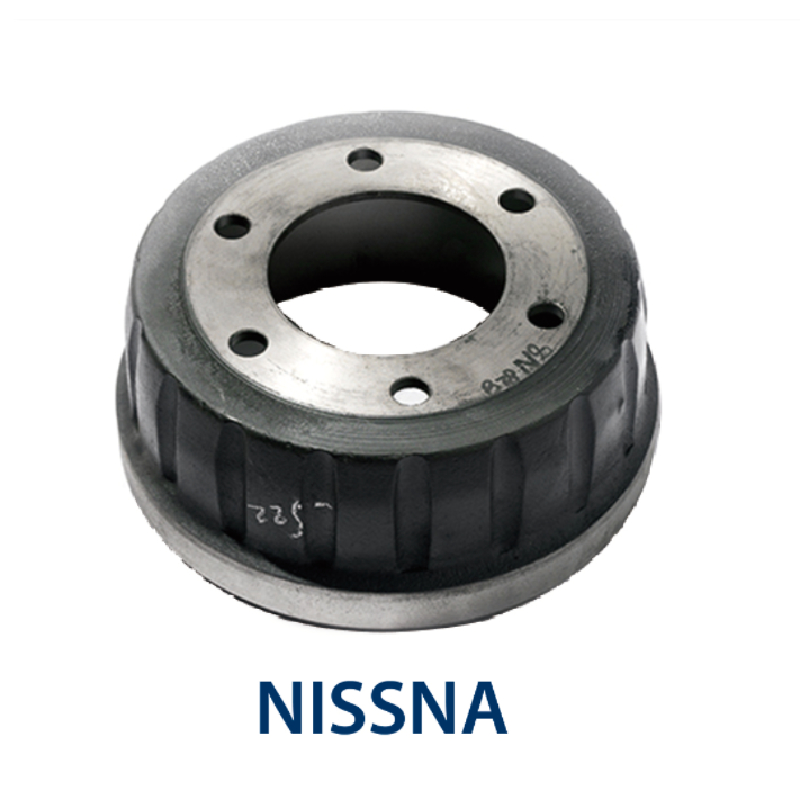Nov . 24, 2024 03:22 Back to list
brake drum vs rotor
Brake Drum vs. Rotor Understanding the Key Differences
When it comes to vehicle braking systems, the terms brake drum and brake rotor often come up. Both components play crucial roles in the braking process, but they operate on different principles and have distinctive advantages and disadvantages. Understanding these differences can help vehicle owners make informed decisions about maintenance and repairs.
Brake Drums Construction and Functionality
Brake drums are typically found in older vehicles and in the rear brakes of many modern cars. Made from cast iron or aluminum, a brake drum is a cylindrical component that rotates with the wheel. Inside the drum, brake shoes press against the inner surface to generate friction when the brakes are applied. This friction slows down the vehicle by converting kinetic energy into heat.
One of the primary benefits of drum brakes is their ability to provide strong stopping power at low speeds, making them effective for city driving. Their design also allows for a larger surface area for braking, which can lead to better performance under certain conditions. However, drum brakes tend to be heavier than rotors and can have issues with heat dissipation, leading to brake fade under prolonged use.
Brake Rotors Design and Advantages
brake drum vs rotor

In contrast, brake rotors, also known as brake discs, are more commonly used in modern vehicles, especially in the front braking system. They are typically made from cast iron but can also be found in carbon composite materials for high-performance vehicles. Unlike drums, rotors are flat, circular discs that work by allowing brake calipers to squeeze brake pads against their surface. This action creates friction and slows down the vehicle.
Rotors have several advantages over drums. First, they offer superior heat dissipation, reducing the likelihood of brake fade during heavy use. This makes them more suitable for high-performance driving and frequent stopping. Additionally, the design of disc brakes allows for easier inspection and maintenance, as brake pads can be replaced more easily than brake shoes.
The Right Choice for Your Vehicle
Choosing between brake drums and rotors ultimately comes down to the specific needs of your vehicle and driving style. While drum brakes may be sufficient for lighter vehicles and non-demanding conditions, rotors tend to be favored for their efficiency and performance in a wider range of scenarios.
In conclusion, both brake drums and rotors have their unique attributes that make them suited for different applications. Regular maintenance and an understanding of how each system works can help ensure that your vehicle's braking system remains effective and safe on the road.
-
HINO Industrial Solutions - ¡Ң���ຽ��е��������˾ | Advanced Technology&Reliability
NewsJul.13,2025
-
HINO Industrial Efficiency-Jiangsu Hino Industrial|Productivity Optimization&Cost Reduction
NewsJul.12,2025
-
HINO-¡Ң���ຽ��е��������˾|Advanced Industrial Solutions&Energy Efficiency
NewsJul.12,2025
-
Premium Brake Drum Iveco – Durable Drum Brake Drum & Brake Shoe Solutions
NewsJul.08,2025
-
High-Performance Brake Drum Liza for Enhanced Safety Reliable Drum Brake Drum & Brake Shoe Solutions
NewsJul.08,2025
-
High-Quality Brake Drum MAZ – Durable Drum Brake Drum & Brake Drum and Brake Shoe for Optimal Performance
NewsJul.07,2025
